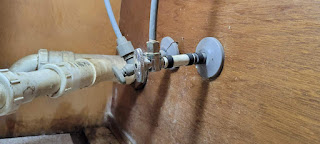How Different Types of Front Doors Affect Insurance Costs for Florida Residents

As a trusted home inspection company operating in Florida, we often encounter questions from homeowners about how various aspects of their property impact insurance costs. One area that can significantly influence premiums is the type of front door installed. Given Florida's unique climate challenges, including hurricanes, humidity, and high temperatures, insurance companies closely evaluate home security and resilience features, including front doors. In this article, we will discuss how different types of front doors can affect insurance costs for Florida residents. The Role of Front Doors in Home Insurance Insurance companies assess risk when determining premiums. A strong, secure front door can enhance a home’s safety and reduce the likelihood of theft or storm damage, ultimately lowering insurance costs. Here’s how the type of front door you choose can impact your insurance premiums: 1. Hurricane Impact Doors Overview: Hurricane impact doors are specifically designed to withst...

.jpg)

.jpg)